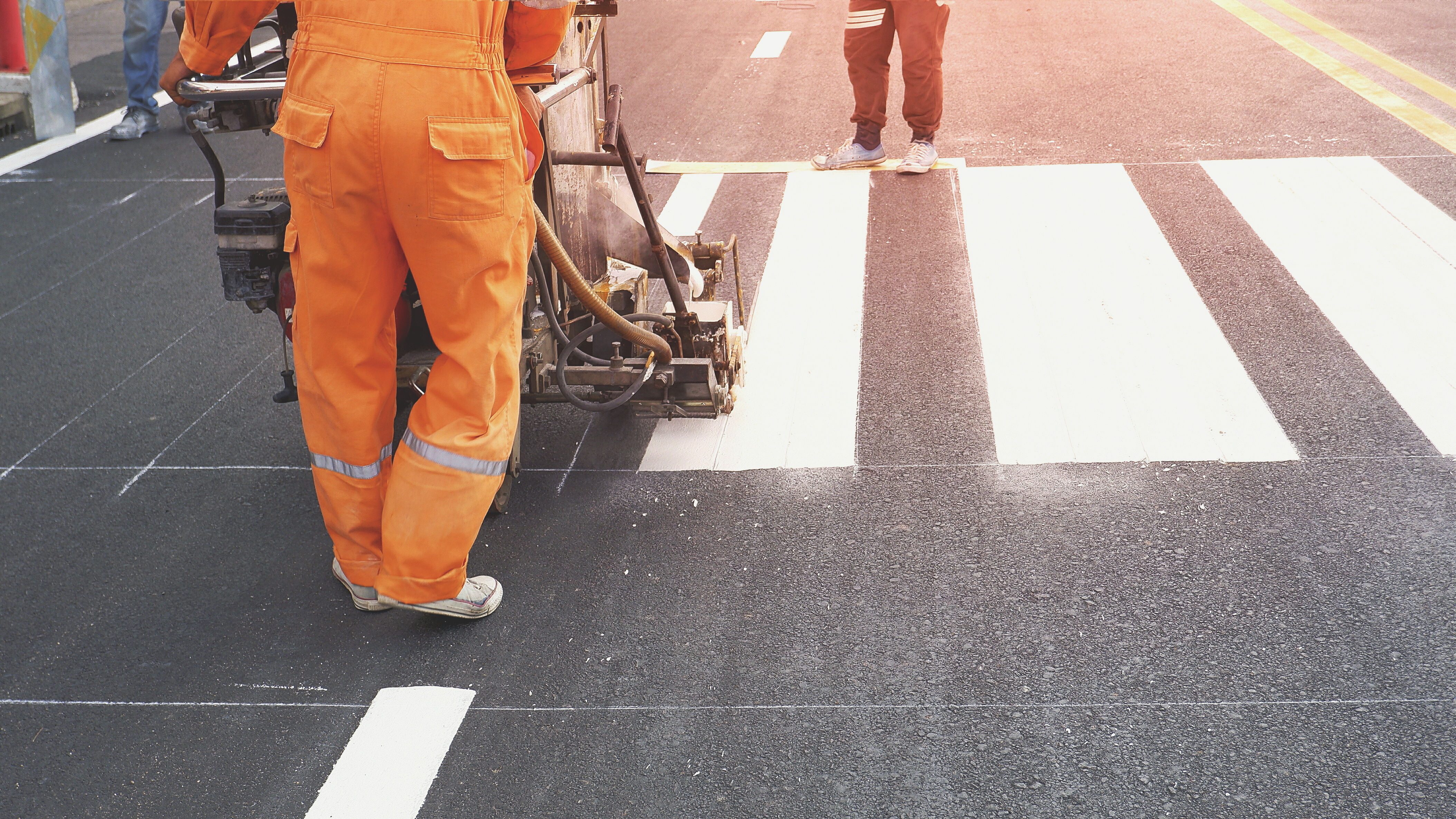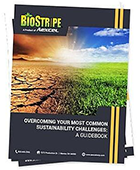A Brief Guide to Waterborne Traffic Marking Paint
Traffic markings—the yellow and white lines on roadways, parking lots, and other similar areas—are critical to keeping motorists, bicyclists, and pedestrians safe. Today, these markings are typically made from paint, which, after undergoing numerous modernizations and improvements, offers high visibility and durability. Both of these qualities are essential to an effective roadway safety improvement material.
Traffic marking paint is available in many variations. Below, we provide an overview of waterborne traffic marking paint, including what it is and key considerations when using it.
What Is Waterborne Traffic Marking Paint?
Waterborne traffic marking paint is similar to all paints in that it is a thin layer of blended material that can be applied to different surfaces. Its greatest advantage over other types of traffic marking paints is its cost. It is one of the least expensive traffic marking materials available. Some of its other advantages include:
- It does not require solvents for cleanup. It can be flushed out with water and/or ammonia.
- It dries quickly in ideal conditions. Due to its quick drying time, it is ideal for use in jobs that require quick turnaround.
- It is eco-friendly. It is not considered hazardous waste in most areas.
Weather Considerations for Waterborne Traffic Marking Paint
Due to their composition, waterborne traffic paints are sensitive to moisture. Applying paint to a wet surface or water to a newly painted surface can disrupt the drying and curing process, leading to less durable markings. For these reasons, waterborne traffic marking paint manufacturers recommend applying their products to dry surfaces when the area has not experienced measurable rain for over 24 hours and will not experience rain for 4 hours after application for the best results. However, since the weather is highly unpredictable, practical guidelines include:
- Paint must be applied to dry surfaces. If the surface is wet, even if it hasn’t rained, do not apply paint to it.
- Painted markings need at least one hour to dry. If there is rain in the immediate forecast, wait to paint. If it does rain a significant amount, wait until the next day, at minimum, before painting.
- Latex point does not dry below the dew point (i.e., relative humidity). Try to time painting for when the area has above dew point temperatures conditions. If you need to start/finish painting at below dew point temperatures, section off the area to prevent traffic from traveling over it until the painted markings dry.
- To ensure proper drying and adhesion to the surface, waterborne traffic paints are intended to be applied when the surface and air temperatures are at least 50 F and rising.

Quality Waterborne Traffic Marking Paint at Aexcel
Waterborne paint is a cost-effective solution for producing traffic markings on roadways, parking lots, and other highly trafficked areas. However, it must be applied and dried under the proper conditions to ensure the durability of the markings. If you need assistance with using waterborne traffic paint, turn to the experts at Aexcel.
At Aexcel, we provide a broad selection of waterborne traffic paint for some of the most challenging applications. For more information on our road marking products and how to use them properly, contact us today.


